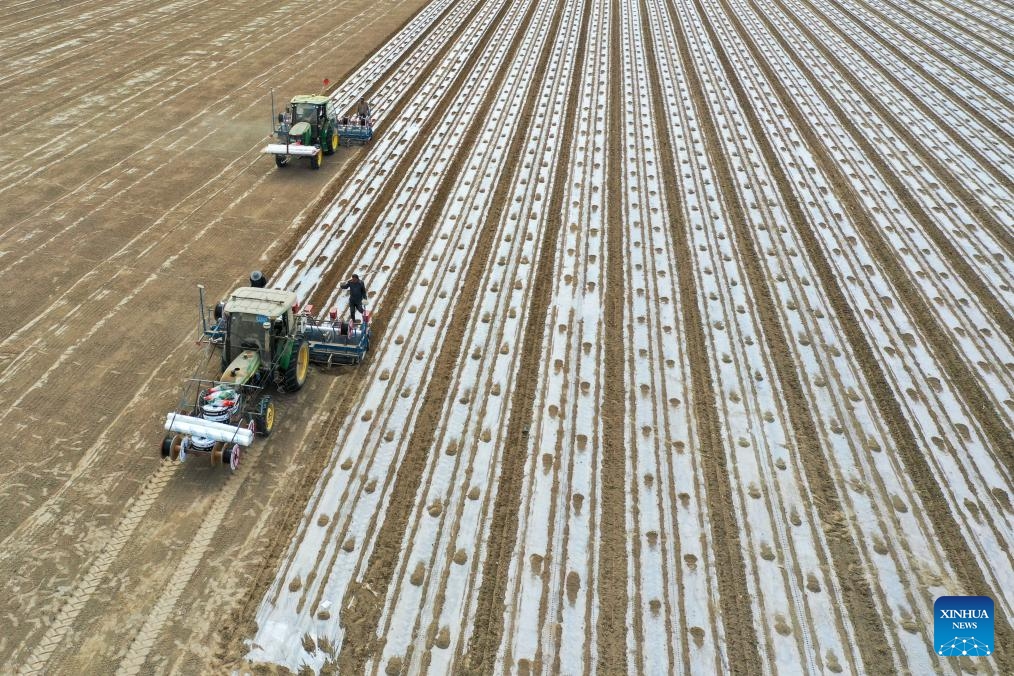Introduction
The agricultural industry is undergoing a paradigm shift as technology continues to play an increasingly pivotal role. One of the recent game-changers is the integration of advanced AI technologies like ChatGPT, which is helping agricultural multinationals increase yields significantly. But how exactly does an AI language model contribute to farming, and what does this mean for the future of agriculture?
How ChatGPT is Transforming Agriculture
The introduction of AI, particularly ChatGPT, in agriculture is nothing short of revolutionary. With its ability to process and analyze vast amounts of data, this AI tool provides actionable insights to enhance productivity and efficiency on farms. But what are the specific applications of ChatGPT in the agricultural sector?
Real-Time Data Analysis
ChatGPT can process real-time data from various sources, providing farmers with updated information regarding weather patterns, soil conditions, and crop health. This level of analysis allows farmers to make informed decisions quickly.
- Weather Predictions: ChatGPT can help predict weather changes, thereby aiding in the planning of planting and harvesting schedules.
- Soil Management: By evaluating soil data, farmers can adjust their fertilization strategies to maximize crop output.
Enhanced Decision-Making
Decision-making in agriculture is often fraught with uncertainty. ChatGPT minimizes this uncertainty by providing evidence-based recommendations.
- Crop Selection Guidance: Selecting the right crop to plant is crucial. ChatGPT analyzes regional data to suggest the most suitable crops, considering yield potential and market demand.
- Resource Allocation: Efficient use of resources like water and fertilizers can be significantly optimized with AI insights, reducing waste and costs.
Why Multinationals are Embracing ChatGPT
Agricultural multinationals operate on a scale where even small efficiency improvements can lead to substantial increases in yield and profitability. So why exactly are these global giants turning to ChatGPT?
- Cost-Effectiveness: Implementing AI solutions like ChatGPT minimizes operational costs. By reducing the need for manual monitoring and data collection, companies can allocate resources more effectively. Is there a more sustainable and profitable way to increase yields?
- Global Data Pool: Multinationals benefit from ChatGPT’s ability to pool data from various global sources, allowing for integrated insights across different regions. Whether it’s pest control in Asia or irrigation practices in Africa, ChatGPT provides a comprehensive overview.
See Also: The Role of Robotics in Revolutionizing Agriculture
Addressing Challenges in Agriculture with AI
While the benefits are clear, incorporating AI in agriculture is not without its challenges. These range from technological hurdles to the need for skilled personnel. How are these challenges being addressed?
Overcoming Technological Barriers
One of the primary obstacles is the initial setup and integration of AI systems. Through training programs and partnerships with tech firms, multinationals are working to facilitate smoother transitions.
- Collaborations with Tech Companies: Engaging with technology experts ensures that agricultural corporations are using the most suitable AI tools for their needs.
- Continuous Learning: Ongoing training programs for employees help keep skills up-to-date.
The Human Element
While AI provides significant advantages, it also calls for skilled individuals who can interpret the data effectively. Many companies are investing in human capital to maximize the benefits of AI.
- Educational Initiatives: Investments in educational programs aimed at teaching AI and data interpretation skills are essential for maximizing technology.
The Future of AI in Agriculture
As ChatGPT continues to evolve and improve, what does the future hold for its applications in agriculture? Will AI continue to shape the way we grow our food?
- Sustainability through Innovation: By continuing to innovate, agricultural multinationals not only aim to increase yields but also to do so sustainably. AI is the key to unlocking this potential, providing insights that go beyond traditional farming methods.
- Beyond Yield Improvement: While yield improvement is a significant advantage, AI in agriculture offers much more. From reducing environmental impacts to enhancing food quality and safety, the possibilities are vast and exciting.
Conclusion
The integration of ChatGPT by agricultural multinationals to increase yields is just the beginning of a new era in farming. By leveraging AI, companies can not only enhance productivity but also embark on a more sustainable path. Are you ready to explore how technology can redefine agriculture? Share your thoughts in the comments, and let’s continue the conversation on the future of farming!
In closing, as agricultural multinationals continue to innovate with AI technologies like ChatGPT, the potential for growth and sustainability in agriculture remains boundless.





